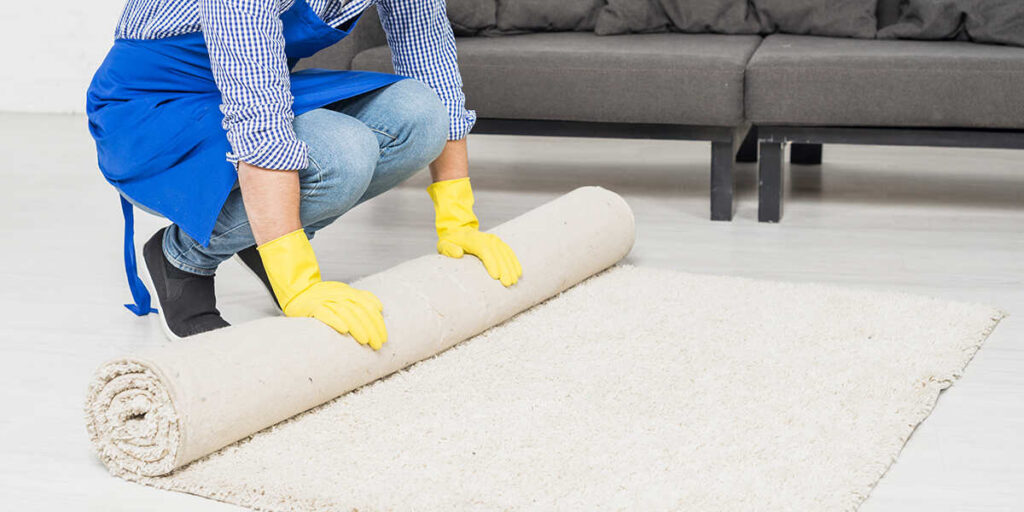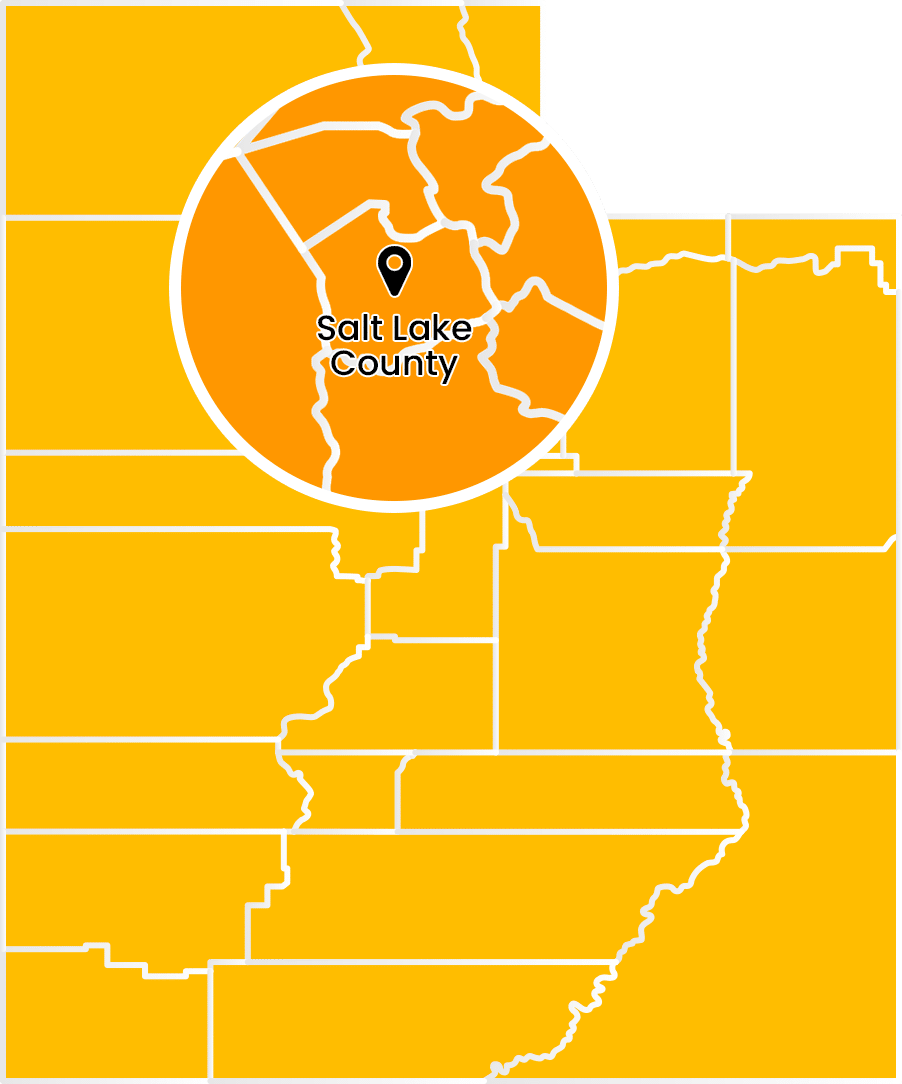Following a water damage incident, a homeowner understandably wants to salvage as many belongings as possible. Unfortunately, some items and materials serve as harbingers of bacteria and mold. Carpet is among the main culprits.
Should carpet be replaced after water damage? Summit Restoration specializes in water damage restoration in Draper, UT. Their team delves into whether or not a property owner should salvage their carpet.
How Do Carpets Incur Water Damage?
Carpets and other fabric materials incur water damage within the first 72 hours following a flood event. Excess water spills from pipes or infiltrates a building from the outside. It then creeps throughout the building as water levels rise.
Eventually, it may reach carpet flooring, soaking it. The carpet will marinate in any debris, microbes, and other liquids mixed with the water. Property owners could face hazardous conditions if they can’t salvage the carpet within three days of the event.
Soaked Carpet Concerns
Most homeowners have experienced mishaps involving wet carpets. They typically soak the excess dampness with an absorbent towel before using a carpet cleaner to cleanse the fibers. Major indoor flooding does far more damage than a spill one can blot clean.
When a soaked carpet sits without water mitigation efforts, it raises the following concerns:
- Soaked carpet and carpet padding can cause structural damage to the flooring and subfloor beneath it. Leaving the carpet may further destroy the floor’s structural integrity.
- Moisture and fabric create the perfect environment for mold growth, microbe proliferation, and bug infestations. Damp, hidden spaces attract these organisms.
- Old carpet already houses years of dead skin cells, hair, spills, and dirt. This debris contributes to an already unsanitary situation.
Many property owners discover they cannot salvage their carpets. Restoration teams often recommend discarding carpets to speed up the restoration process.
Should Carpet Be Replaced After Water Damage?
Under most circumstances, property owners should replace their carpets after water damage. Restoring one’s current carpet is a time-consuming approach. It often involves:
- Employing complex drying techniques with heavy-duty equipment
- Using dehumidifiers and extra ventilation to encourage airflow
- Sanitizing and disinfecting the carpet thoroughly to prevent the spread of disease and other microbes
- Verifying that the carpet won’t degrade subfloor structures
When To Keep the Carpet
Should carpet be replaced after water damage if the property owner stops the flow in time? In some cases, the property owner can save their carpet. The following guide lists the proper measures to take:
- The stagnant water must not sit for more than 72 hours. After this period, water seeps deep into a building’s structures, and mold proliferates.
- Inspect all carpeting layers for seepage. If the water penetrates the subflooring, the homeowner should remove the carpet quickly. The subflooring is essential to the building’s structure. They can replace the carpet later.
- Choose a restoration company to perform water extraction. Professional restoration teams know where remaining puddles lurk. Their technicians will thoroughly sweep the building.
- Hire professional carpet cleaning services to sanitize and disinfect the carpet. Generic carpet cleaners and tools won’t work. The property owner should hire professionals to fully cleanse each carpet layer with powerful sanitizers. Otherwise, the building occupants may become ill.
- Rent high-powered ventilation and dehumidification equipment. Moisture may linger on after a water extraction service. Heavy-duty fans and powerful dehumidifiers will remove the excess moisture from the air.
- Let the restoration company handle mold prevention. Every restoration process should end with a mold prevention service. Mold is often undetectable to the average property owner, but it can wreak havoc on their health.
Why Replace Your Carpet?
Sometimes, property owners have no choice but to remove and replace their carpets. Restoration companies recommend this approach under the following circumstances:
- The water damage went untreated for 72 hours or more.
- The water contamination originated from a toilet or another source of sewage.
- The water penetrated all layers of the carpet.
- The carpet is old.
- The property owner hasn’t cleaned the carpet in a long time.
Other Belongings To Consider
Before salvaging the carpet, property owners should prioritize other belongings. FEMA identifies other items that property owners may not readily replace, including:
- Antique furniture
- Photographs
- Identifying documents like birth certificates, death certificates, and social security cards
- Leather materials
- Upholstered items
- Books
- Artwork
Property owners can often salvage these irreplaceable items if they act quickly.
Call Summit Restoration for Emergency Water Damage Assistance
Should carpet be replaced after water damage? In most cases, yes. Property owners should oversee collecting and restoring more irreplaceable items before worrying about the carpet. However, they may be able to salvage the carpet under the right circumstances.
Discover drying techniques for different types of materials. Call (385) 469-2638 to request emergency assistance from Summit Restoration immediately following a water damage event.






